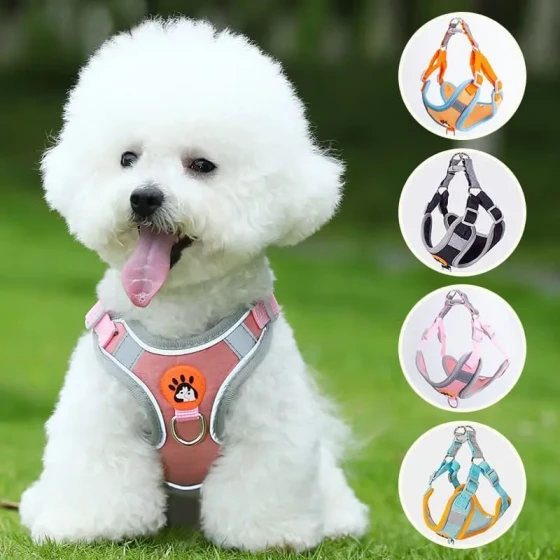How to Prevent Being Bitten by a Dog

Observe the dog's expressions and symptoms carefully to avoid approaching it when the dog is anxious
Nowadays, more and more people keep dogs, but the proportion of dog bite incidents has also increased accordingly. During just the National Day holiday, nearly 4,000 people in Beijing were bitten. To prevent such incidents, besides controlling the number of stray dogs, dog owners should also keep their dogs on a leash, and we must understand how to avoid being bitten by dogs as much as possible.
1. Since dog attacks mostly stem from fear or anxiety, we need to understand the symptoms of fear and anxiety in dogs. The most obvious signs of fear are the dog moving away from you, curling up, or tucking its tail between its legs. However, dogs also show more subtle signals, such as averting their gaze, yawning, licking lips, moving slowly, or appearing drowsy when they should be alert. We should also watch if the dog slightly wrinkles its lips or suddenly fixes its gaze. If a dog showing these warning signs continues to experience stress, it is very likely to bite.
2. Arrange a safe and comfortable environment
Many dogs are afraid of strangers or other dogs and feel uneasy in new environments, so providing a stable and comfortable environment is necessary. For example, ensure enough space or use partitions so the dog does not have to face people or dogs that scare it. Once the dog's fear and agitation increase, it may bite.
3. Approach dogs correctly
Approaching dogs straight on and reaching out your hand may make fearful dogs feel the need to defend themselves. A better approach is to stand or squat sideways to the dog, looking away, letting the dog make the first contact. You can also bring treats to approach the dog.
4. Do not hug unfamiliar dogs or put your face close to them
Although some dogs may tolerate hugs, unfamiliar dogs might not be willing. When strangers invade a dog’s personal space in ways that frighten it, even originally friendly dogs might bite.

If uncertain about unfamiliar dogs, do not approach them
5. When restricting animal limbs or adjusting the animal's position, ensure you provide good support for the animal’s body so it feels secure. Applying pressure in the wrong places or making the animal feel unsafe will cause it to struggle and become aggressive.
6. Control the dog's movement
Avoid chasing dogs or letting them pace back and forth, as this increases their anxiety, excitement, or agitation, making them more likely to bite. Instead, calmly control the animal's actions by maintaining an appropriate leash length: long enough to allow the dog to stay still without pull, but short enough to prevent pacing.
7. Do not approach unfamiliar dogs right away; observe if the owner is nearby. If you want to get close, ask the owner's permission first. If the owner refuses, it means the dog is not usually friendly, so do not approach. If permitted, squat down and gently pet the dog with slow, light movements.
8. Some people, when facing an aggressive dog, are not afraid but instead provoke the dog. Such behavior is not recommended. For dogs, this is definitely a challenging act, likely to trigger its desire to attack. Instead of intimidating the dog, it may end up biting you.



